The commute from Sutton to the heart of campus used to be my favorite part of an otherwise monotonous schedule.
The descent down Tiedtke Walkway would reveal Lake Virginia in all its glory—shimmering navy waters framed by a vibrant palette of greens. As I made my way to morning classes, the view from Herbst Overlook energized me, with sunlight dancing across the lake’s surface and beams piercing through to reveal flashes of aquamarine. Some mornings, I’d feel a pang of envy watching paddleboarders and kayakers enjoying the early hours while I walked by. But what stands out most in my memory is the music I would hear even in the absence of my headphones. The gentle whistling of the wind, the playful rustling of squirrels in the bald cypress trees, the soft crunch of my shoes against the leaves and nuts that had fallen—all these sounds became the soundtrack to my thoughts as I made my way to 8 a.m. calculus.
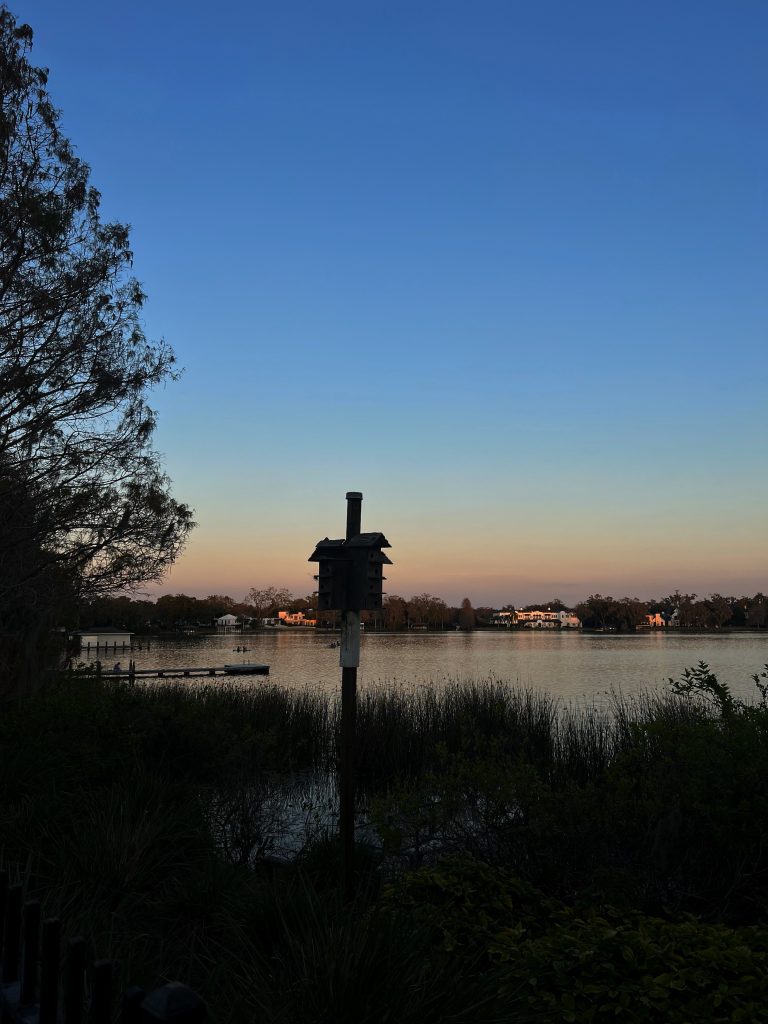
With the construction of the East End Neighborhood, built to accommodate the surge of incoming students, I never realized just how lucky I was to have such a calming commute. The shimmering blues of Lake Virginia have now been replaced by the artificial neon blue of construction tarps that line the pathway. The pangs of envy I used to feel for the early-morning kayakers have shifted inward, mourning a routine I never imagined could be taken away. The once-grounding sounds of the lake are now drowned out by the bangs and booms of excavators and cranes, transforming what was once a serene escape into a jarring reminder of change.
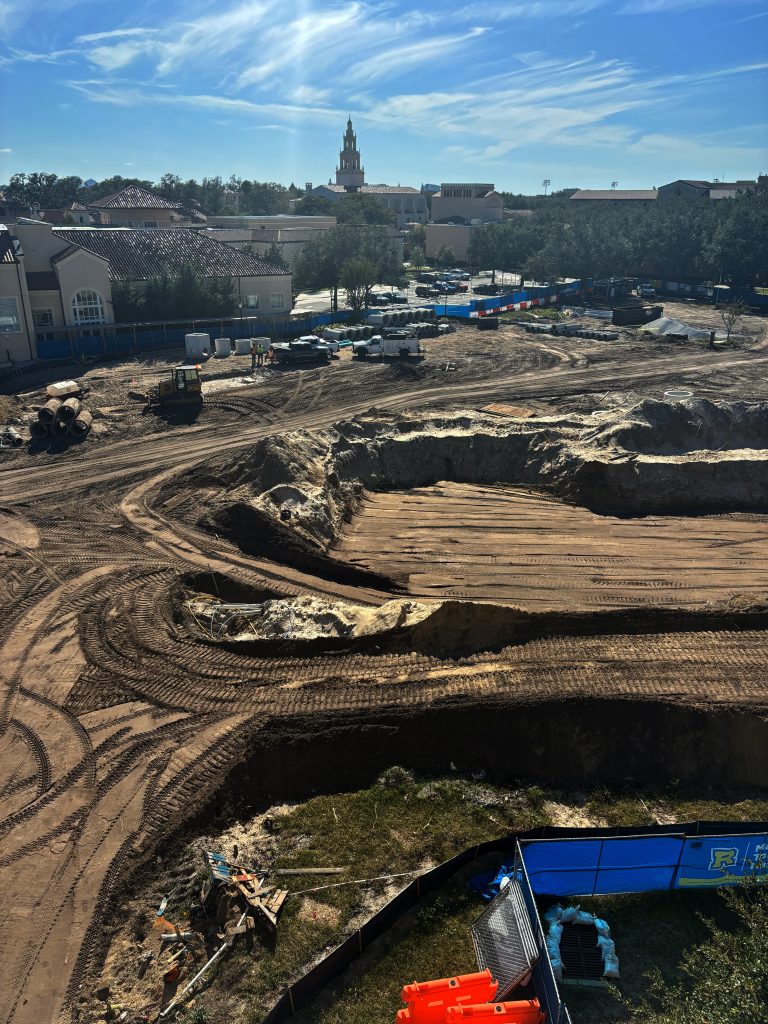
Urban sprawl, and the constant construction that comes with it, has become a routine part of daily life. The tinny clatter that wakes you and your neighbors each morning is now just a necessary nuisance, something we all tolerate. Road detours, blocked paths, and new developments are simply to be expected. The reality of urban sprawl is that we’ve bought into the idea that it’s inevitable, with no real alternative—because deep down, we crave the convenience of Super Walmarts, strip malls, and the endless fast-food options that now litter the landscape of American cities. There is no place for shame in enjoying these aspects of modern living and the convenience that it provides, but the real costs of development need to be assessed: the silent sacrifices that are made for our suburbs and cities.
The environmental impacts of urban sprawl are frequently discussed, especially in terms of how the construction needed to fuel our growth reshapes our landscapes. These effects are numerous and far-reaching, from the eutrophication of lakes caused by run-off to flooding from impermeable building surfaces and the surging inner-city temperatures resulting from the heat island effect. Assessing the damage to our environment is incomplete without considering the implications for its inhabitants—all the organisms, including us, that call these landscapes home. The reality of development is that countless effects go unnoticed, especially the emotional toll it takes on the human psyche.
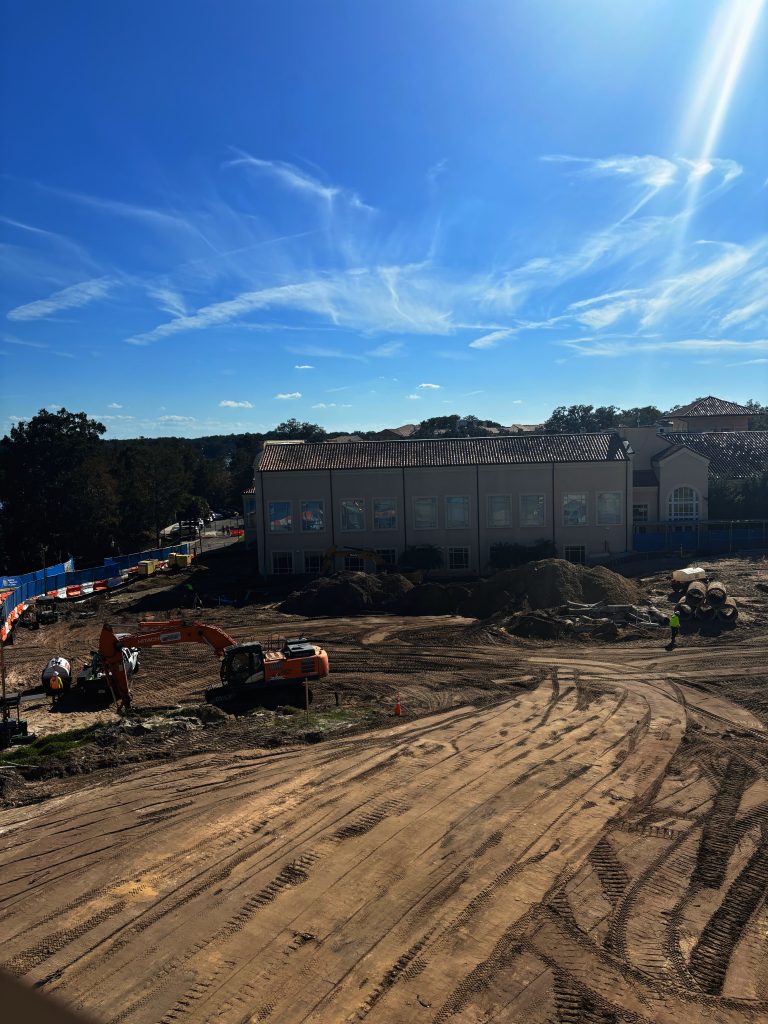
The rampant pace of urban development has reshaped more than just our physical landscapes; it’s altered the emotional landscape of citizens across the United States. Take road rage: while it might seem like an inherent human reaction, it’s more a reflection of our surroundings—of the traffic, congestion, and stress we endure every day in increasingly crowded urban spaces. According to the AAA Foundation for Traffic Safety, in 2019, nearly 80 percent of drivers reported feeling significant anger, aggression, or outright rage behind the wheel at least once in a 30-day period.
Floridians are in no way immune to this. A Forbes report found that 9.5 percent of drivers in the state had been confronted by another driver who left their vehicle to start an altercation. This statistic nearly mirrors California’s 11 percent, where road rage incidents are the most frequent nationwide. Orlando has become one of the top 20 deadliest metro areas for pedestrians and ranks 25th among cities with the worst public transportation. With urban infrastructure built around cars, not people, every day Floridians find themselves trapped in a cycle of congestion and frustration.
Now, even walking down Tiedtke Walkway reflects the emotional toll urban development can impose. The path’s dry, crumbly texture, plastic-lined barricades, and glimpses of what once was that poke through layers of construction tarp all inflict a sense of longing. The grief that shadows my morning commute isn’t unique to me, to Rollins, or to Orlando. It’s something everyone living amid rapid urban sprawl encounters: the quiet mourning of places that no longer exist. I’d often listen to “The Lonesome Crowded West” by Modest Mouse on these walks. Isaac Brock’s raw vocals paired with Jeremiah Green’s fierce driving beats tell a familiar story of watching their hometown of Issaquah, Washington reshaped to fit the mold of the American Dream—small, local stores replaced by big-box chains and highways slicing through the forests of the Pacific Northwest.
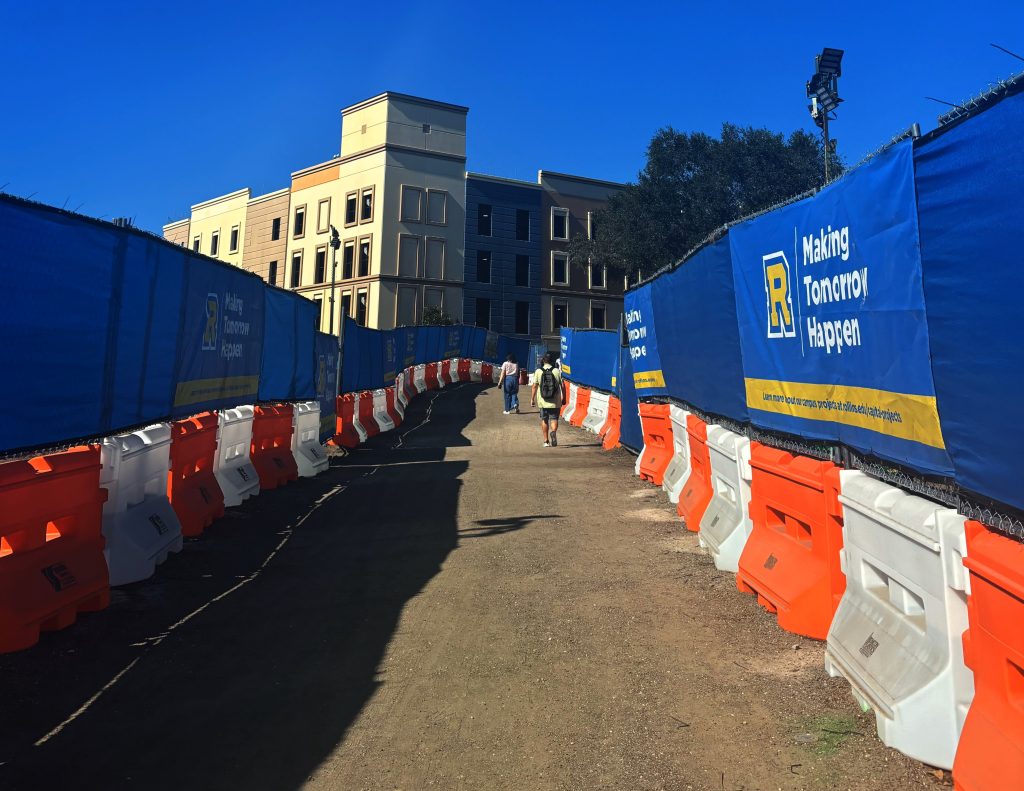
This notion of “mourning the land,” also known as “ecological grief,” is an emotional phenomenon first witnessed by indigenous communities throughout the world regarding the loss of their land, traditions, and culture through colonization. In an interview with an older Inuit member in Nunatsiavut, Newfoundland, conducted by American Psychological Foundation in 2019, they reflected, “Because I kinda think I’m not going to show my grandkids the way we used to do it, it’s hurting me big time. And I just keep that to myself.” Through the loss of land, humans experience a loss of routine, culture, tradition, and connection that cannot be carried through generations.
These critiques of urban sprawl and their impact on Americans remain incomplete without considering the experiences of those whose livelihoods depend on this growth. In addition to the demanding work environment and hazardous conditions many in construction face, the emotional impacts must also be addressed. According to NBC News, gathered by the Centers for Disease Control and Prevention, “The construction industry has one of the highest suicide rates among professions—with the rate among male construction workers 75% higher than men in the general population.” With ongoing expansions and development projects constantly underway, work for many in the construction industry proves to be never-ending. In an interview conducted by NBC News, Josh Vitale, a construction superintendent, said, “I think progress is fantastic, but we have to realize that we are legitimately wringing the life out of people.”
Reflecting on the lost beauty of Tiedtke Walkway and the similar emotional effects of urban sprawl, it becomes clear that the consequences extend beyond visible environmental degradation; they infiltrate the very fabric of our emotional lives and community well-being. The indigenous notion of humans as stewards of the environment—rather than its conquerors—has been largely ignored by developers, leading to an emotional crisis across the United States. As we watch familiar spaces disappear beneath layers of new construction, we’re forced to ask ourselves what progress truly means—and whether it’s worth the heavy price we’re paying for it.
The opinions on this page do not necessarily reflect those of The Sandspur or Rollins College. Have any additional tips or opinions? Send us your response. We want to hear your voice.

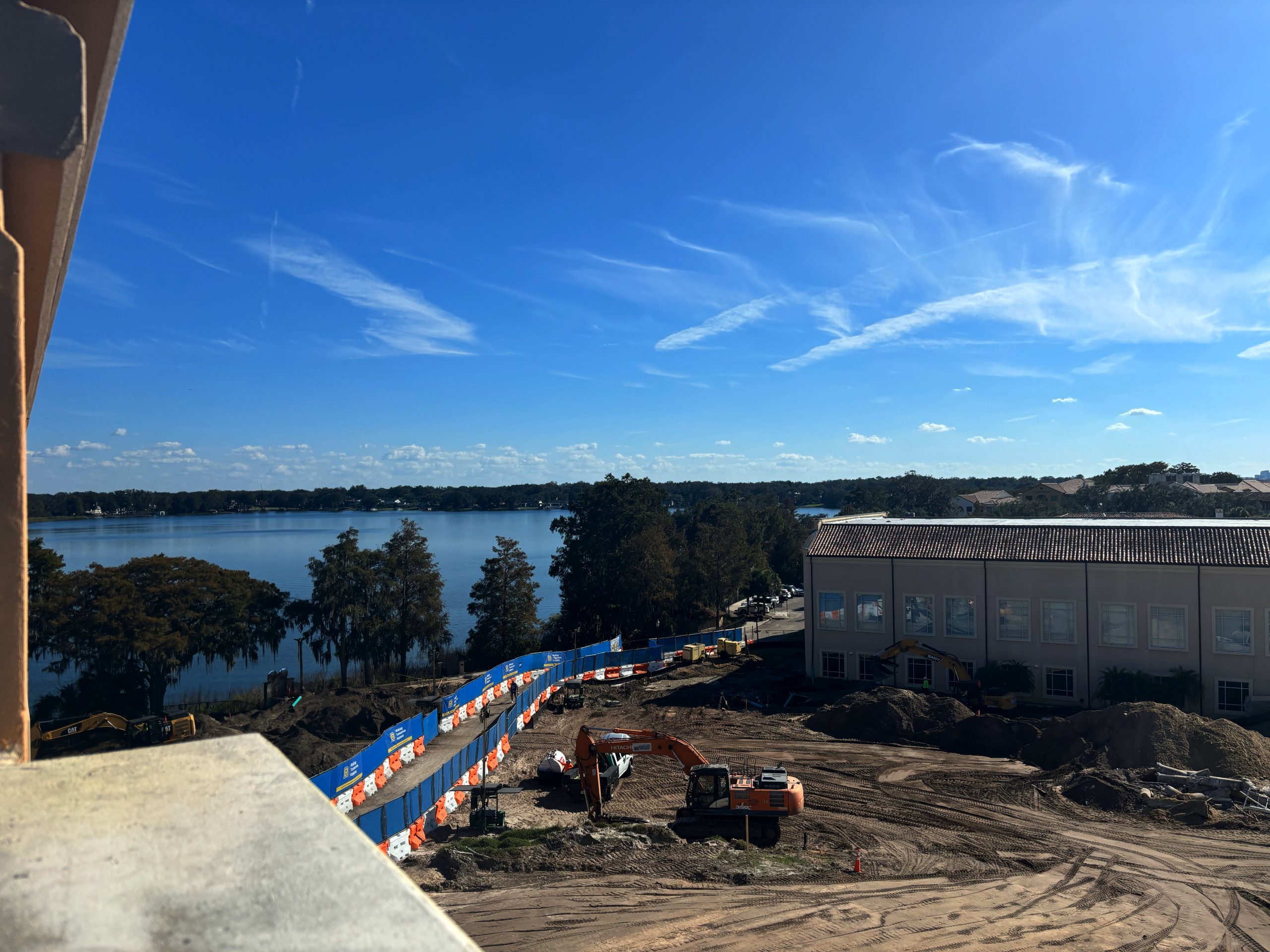

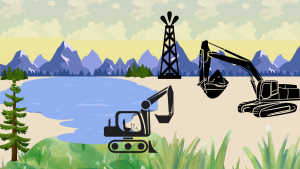



[…] Mourning the lakefront path was unexpectedly difficult last semester. No matter how many times I navigated the altered route amidst construction, it lacked the sense of comfort and familiarity that once made the walk a highlight of my day. While the scenic views of Lake Virginia have returned seemingly untouched, my journey along the new sidewalk each day evokes a different set of emotions from previous semesters: a newfound sense of gratitude and appreciation. Becoming aware of just how ephemeral natural landscapes, even cultivated ones like the banks of Lake Virginia, are in the face of urbanization compels a deeper sense of mindfulness. On the walkway these days, I seem to notice more—an anhinga perched on a lowly branch basking in the warm rays of the sun, the delicate songs of the warblers that zip between the trees, or the blazing orange hue of a Gatorade cap nestled amongst the reeds. […]